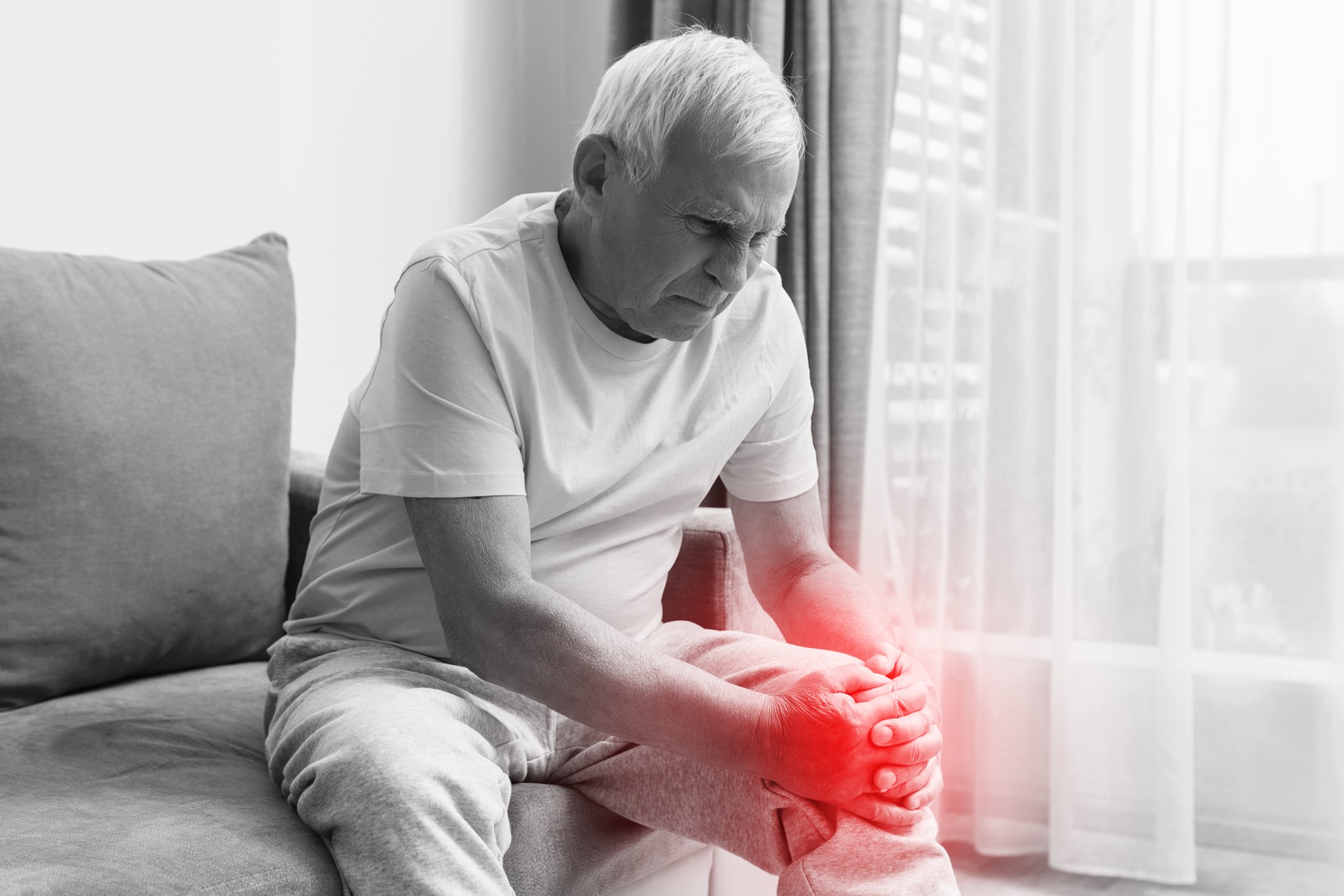Osteoporosis is a health issue that makes bones weak and can lead to fractures, which are breaks in bones. It’s important to understand this so you know how to keep your bones healthy. By learning about the signs early, you can take steps to prevent or treat it. Recognizing symptoms can help you avoid serious issues. You can help your bones stay strong by understanding the possible causes and treatments. This knowledge can help you take action before problems arise, keeping you and your bones healthy throughout your life.
Understanding the Basics of Bone Health
Our bones have a structure that includes layers of tough material with spaces in between them. This makes them strong but not too heavy. Bones keep growing and changing. As old bone tissue breaks down, new tissue forms—this process is called remodeling. During childhood and teenage years, bones grow fast. They reach their strongest point, called peak bone mass, in early adulthood. The stronger your bones get during this time, the better they stay strong later. Maintaining bone health is essential for keeping them sturdy throughout your life.
Identifying Risk Factors for Osteoporosis
Your lifestyle has a big impact on your bone health. Eating foods rich in calcium and vitamin D helps keep bones strong. Lack of exercise can lead to weaker bones, so staying active is important. Some people are more at risk because of their genes. This means if your parents had weak bones, you might too. Osteoporosis is more common in older people, especially women who have gone through menopause. As estrogen levels drop, bone loss can speed up. Other factors like smoking and heavy drinking increase the risk. Understanding these helps you make better choices to maintain strong bones and avoid osteoporosis.
Unmasking the Silent Signs and Symptoms
Osteoporosis is often called a silent disease because you might not notice it until a fracture happens. Many people only find they have it after a bone breaks. Some signs to watch for include losing height over time or having back pain. Pain in bones or muscles can also signal issues. Since osteoporosis doesn’t always show itself until too late, seeing a doctor regularly is wise, especially if you’re at risk. Paying attention to these warning signs can help you seek treatment early, avoiding more serious problems.
Diagnosing Osteoporosis
It’s not always easy to tell if you have osteoporosis, so doctors use special tests. One common test measures bone strength and is called a bone density test. It helps your doctor see if your bones are getting weaker. If you’re at risk, getting tested can help catch problems earlier. It’s smart to visit your doctor if you’re worried or have any signs. With regular checks, you can keep an eye on your bone health and take action if things aren’t right. Early diagnosis is a key step in managing and treating osteoporosis.
Strategies for Osteoporosis Prevention
Preventing osteoporosis starts with good habits. Here are some tips:
- Eat Well: Include calcium-rich foods like milk, yogurt, and cheese in your diet. Make sure you get enough vitamin D, which helps your body absorb calcium.
- Exercise Regularly: Do activities that promote bone strength, like walking, jogging, or dancing. Resistance exercises, like lifting weights, are great for making bones stronger. Balance exercises help prevent falls.
- Lifestyle Changes: Stop smoking and limit alcohol consumption. Both can weaken bones over time. Avoid unnecessary risks that can lead to falls.
By following these easy steps for osteoporosis prevention, you can keep your bones healthy for a lifetime.
Exploring Osteoporosis Treatment Options
There are various osteoporosis treatment options to consider. Medicines are available that can strengthen bones and slow the disease. Your doctor might suggest these if you’re at risk. Besides medications, physical therapy can help keep you strong and improve balance to prevent falls. Managing pain and staying active are also important parts of treatment. Non-medical strategies can work well alongside medicines. Together, these options can help manage osteoporosis effectively and help you maintain a healthier lifestyle.
Living Well with Osteoporosis
Living with osteoporosis doesn’t mean your life stops. You can make changes at home to stay safe:
- Adapt Your Home: Install grab bars in the bathroom and remove tripping hazards. Use non-slip mats to reduce fall risks.
- Get Support: Knowing you’re not alone helps. Join support groups or online communities to connect with others.
- Stay Positive: Your mindset plays a big part in managing osteoporosis. Find ways to deal with stress and keep spirits high.
By focusing on these areas, you can live a full and active life even with osteoporosis.
When to Seek Medical Advice
There are times when you should see a doctor about osteoporosis:
- If you experience severe bone pain or fractures without major accidents.
- Height loss can be an indicator that needs immediate attention.
- Regular doctor checks are important, especially if you have risk factors.
- Understand how to talk to your doctor about any concerns you have. Ask questions and stay informed.
Being aware of when to seek help ensures that you manage osteoporosis effectively. Keeping in touch with healthcare providers can help maintain your bone strength.
Conclusion: Empowering Bone Health Awareness
Understanding osteoporosis early and taking preventive steps makes a big difference. By adopting a lifestyle that supports strong bones, you can enjoy better health as you age. Keep learning about your bone health and act on any signs early. This proactive approach helps ensure a future of strong bones and less risk of fractures. With the right knowledge and actions, you can empower yourself and others to maintain better bone health throughout life.
Take charge of your bone health today with Sushrut Polyclinic. Schedule a bone density test and get expert guidance on preventing osteoporosis. Start your journey to stronger bones and a healthier future—book your appointment at Sushrut Polyclinic now!



